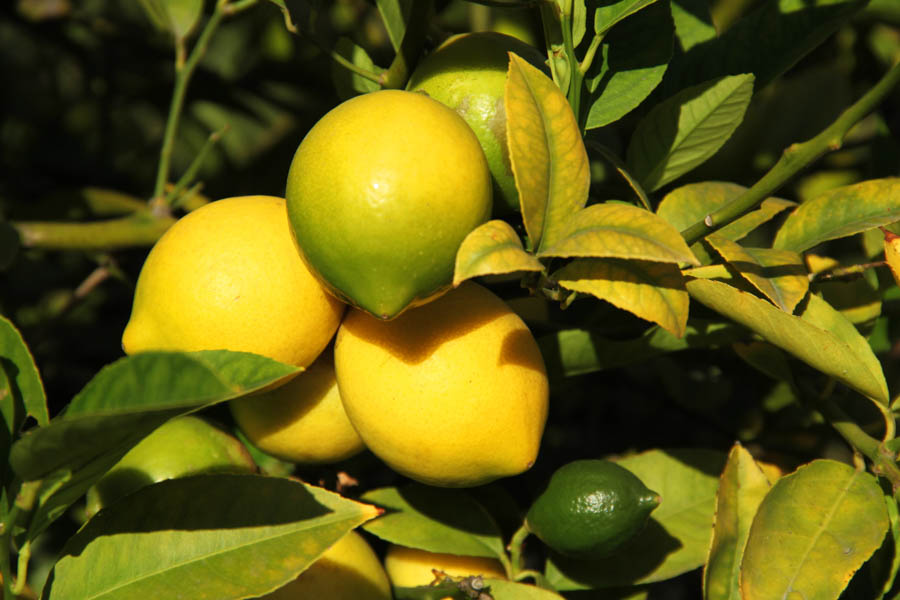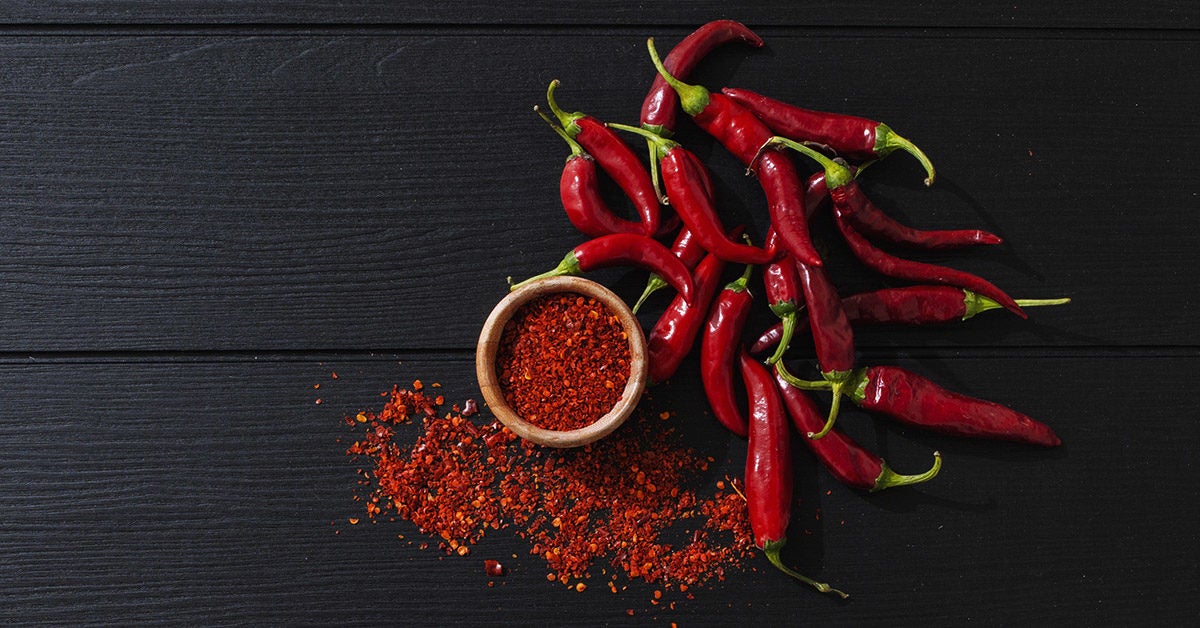Having your lemon tree in the backyard sounds like the perfect way to ensure that you always have fresh lemonade. However, sometimes life doesn’t throw you lemons but instead throws you a lemon tree, which comes with a gazillion problems.
If you are a lemon farmer, you must have encountered a myriad of lemon problems. For instance, from pest to disease attacks through nutritional deficiencies to failure to bear fruit, there are many problems to which a lemon farmer is not a stranger.
Lemon tree problems can be problematic and frustrating to a farmer, especially if they have no prior knowledge of dealing with the challenges. Besides, it helps if the farmer is informed on how to handle and deal with the challenges beforehand.
In case you are a lemon farmer, even if you haven’t yet fixed any of the potential challenges, read on to find out how you can meet again and manage lemon tree problems if you encounter one of them.
Lemon tree problems and how to treat them

1. Seasonal changes
Lemons are delicate plants. Above all, a slight change in environmental conditions could set the plant in stress, resulting in different reactions ranging from leaf drop through blossom and fruit drop even to the tree’s death.
Lemons adapted to the full sun and warmth of tropical climates. This because, the tropical climatic conditions are somewhat uniform throughout the year. The tropics’ temperature range is small. Therefore, the temperature remains somewhat constant all year round.
Lemons, like other citrus plants, are adapted to such conditions. If you stay in the tropics, in that case, you don’t have to worry about seasonal changes. However, for farmers regions outside this goldilocks zone, the lemons must simulate tropical climate.
In winter
The lemon tree is prone to frostbite. In any case, frost damage is irreversible in lemon trees and can even kill young trees. Cold temperatures below 0 degrees centigrade are a far cry from the native temperatures of the lemons.
In winter, when temperatures are bound to drop below 0 degrees centigrade (32 degrees Fahrenheit), the tree could sustain wood damage and could burn to the shoots. Frost damaged fruit will cease to ripen and die. In addition, the leaves will rot, and young branches will break off.
Meanwhile, frost damage also exposes the tree cambium to pathogen attack after weak branches have fallen.
When winter is approaching, it is imperative to transfer the plants indoors where it is warmer. But if a farmer can’t transfer in land-grown lemons, the farmer needs to insulate the trunk with blankets and turf.
It would also help if the farmer built a frame around the lemon tree and added plastic cloth wrapping around the frame to avoid cold air from getting to leaves, blossoms, and fruits.
In summer
While lemons like full sun and warm temperatures, too much sunshine and hot temperature will sunscald the lemon. Similar to frostbite, sunburn is irreversible. Therefore, in adverse conditions, it will kill the plant.
The tell-tale symptoms of sunburn in lemon trees are numerous. For example;
- Cracked stem
- Peeling stem
- Dead sections of exposed cambium
- Rough sections of bark
- Irregularly shaped, brown, raised lesions.
Farmers treat sunburns in lemons by pruning the burnt plant. Because there is no cure for sunburnt lemon trees, it is paramount for a farmer to prevent sunburn.
The farmer can do this by various activities. For instance, putting sunscreen above the lemon tree in summer, avoiding over-pruning, and whitewashing exposed tree bark.
2. Underwatering or overwatering and water shock
Watering frequencies and amounts is the most challenging aspect of watering. Both overwatering and underwatering are toxic to the plane as they cause root rot and water stress, respectively.
When a lemon tree experiences a shift from lack of moisture to sogginess, the tree undergoes water shock and will respond by dropping leaves, blossoms, and fruits.
Underwatering
Underwatering occurs when the tree isn’t getting enough amounts of water from the irrigation process. The most common signs of underwatering are;
- Yellowing of leaves followed by leaf drop
- Wilting leaves
- Browning of leaves
- Dry soil to touch
You can revive plants after underwatering by increasing the frequency and amount of watering. It is also essential to ensure that the lemon’s soil is well-draining but not draining, resulting in desert-like conditions even after watering.
If your lemon still shows signs of underwatering even after trying the above remedies, it may be a sign that you need to repot. The chances are that the lemon has outgrown the pot.
Overwatering
Overwatering occurs after over-irrigation or watering post rainfall. It means that there is too much moisture in the soil than required for that plant variety.
Signs of overwatering include;
- Leaf drop. Unlike underwatering, the leaves rarely lose color before falling, and the stalk is black with overwatering.
- Malnutrition symptoms due to root rot. These include yellowing of leaves and blossom and fruit drop.
Farmers can remedy overwatering by improving soil drainage to remove excess water, fertilizer application to encourage new root growth, for instance. The farmer must water just enough from now on.
The foolproof method in watering just-right is to invest in a moisture meter. That way, you don’t need to guess whether the soil water is enough or lacking. Therefore, you will be able to prevent both overwatering and underwatering.
3. Lack of nutrients and over-fertilizing

Nutrient deficiency is a common problem that lemon trees face because they are heavy feeders. Out of panic or carelessness, farmers respond to a nutrient deficiency by tending to over-fertilize.
Both extremes are detrimental to healthy plant growth. Suppose a lemon plant lacks sufficient amounts of vital nutrients. In that case, stunted growth, reduced vigor, leaf, and blossom fruit drop will ensue.
With over fertilizing, the fertilizer will burn the lemon plant. Suppose the fertilizer is mild and doesn’t burn the tree. In that case, the lemon sets into a period of overgrowth, which results in foliage development at the expense of root development.
Overgrown foliage without a matching root system will start to die back and drop because the roots can not support the new overgrowth.
A gardener can remedy the lack of nutrients by fertilizing with nitrogen-rich, slow-release fertilizer at least thrice a year, avoiding late fall and winter if you live in a winter prone area. Overfertilizing can be avoided by following the manufacturer’s instructions for application as per your tree size.
4. Pests
One of the major problems a lemon farmer must deal with sooner or later. Pests are relentless and can frustrate even the most patient of farmers.
Pests reduce the health of the lemon plant and tamper with the quality of lemon yield.
Look below for the most common lemon pests and their preventions for instance;
- Aphids
- Scale insects
- Mealybug
- South African citrus thrip
- Leaf miner
Farmers often treat pests using different methods. For example, neem seed oil, insecticidal soap, rubbing alcohol, and horticultural spray. If pest infestation persists, then a gardener can consider using pesticides.
5. Diseases

Lemons are not only sensitive to climate changes but are also susceptible to disease attacks. Like pests, diseases can leave a farmer frustrated and confused.
The most common diseases lemon trees face are.
Fungal
- Root rot
- Gummosis
- Mal secco
Bacterial
- Citrus canker, Citrus variegated chlorosis and Citrus greening
Viral
- Tristeza
- Leprosis
- Tatteleaf
Lemon tree diseases are often fungal, bacteria, and sometimes viral. The mode of treatment of diseases depends on the type of pathogen, causing it.
A farmer must use antibacterial sprays and for fungal diseases with fungicide to control disease. Viral diseases have no cure, but you can control them by pruning off diseased parts.
Lemon tree leaf problems
Lemon tree leaf problems can take on various shapes, forms, and severity depending on the problem’s root cause.
The most common lemon leaf problems are;
- Leaf wilting from underwatering.
- Leave curl from underwatering and pest attacks from aphids and mites.
- Chlorosis from lack of nutrients in the soil, overwatering, and pest and disease attacks.
- Leaf drop from overwatering, underwatering, lack of nutrients in the soil, water shock, pests and diseases
A farmer can address leaf problems by tackling the root causes. For example, if it is best and diseases, a farmer can address it by reducing the test infestation and curing the disease.
Lemon tree yellow leaves

Lemon trees can have yellow leaves for several reasons.
- Overwatering
- Lack of nutrients in the soil
- Pests and diseases
Yellow leaves will often fall off if the problem causing them isn’t solved. However, yellow leaves on a lemon tree can be cured and regain their chlorophyll and this green color if they address the root causes.
Lemon tree diseases in South Africa
Lemon trees in South Africa will face the sun diseases like other trees growing elsewhere.
The most common diseases lemon trees in South Africa face include;
- Leaf Miner
- The Citrus canker
- Root rot
- Gummosis
- Etc.
Lemon pests natural remedy

Lemon pests natural remedies range from simple hacks like Vaseline to create a trap, horticultural oils and sprays, and even spices like cinnamon and cayenne pepper.
However, the best natural remedies are insecticidal soap, horticultural spray, and neem seed oil.
FAQs
You can fix a sick lemon tree by treating the disease. If the tree is suffering from a viral disease, there is no cure, and you might have to cut off the diseased part of a tree.
A farmer can cure bacterial and fungal diseases by using copper fungicide and antiseptic washes.
To revive a lemon tree, you need to address the underlying causes of the decline in health.
After doing that, the farmer can resort to best farming practices like; fertilizing, watering adequately, and pest and disease control.
Lemons can suffer from a range of diseases.
Look below for a list of the most common lemon diseases that lemon trees can get.
Root rot
Citrus canker
Gummosis
Sooty mold
Conclusion
Even though lemon trees are associated with many problems, with a little TLC and attention, a farmer can get past it and produce healthy lemons during the harvesting season.
Do not be discouraged by the numerous problems associated with lemon trees because the guide above is everything you need to tackle every lemon tree problem.
